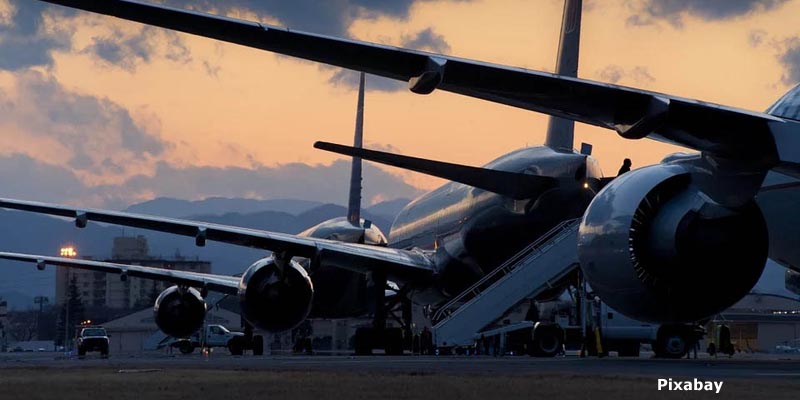In Mexico, 93 aircraft left operations during the second quarter of the year, the quarter with the lowest passenger flow due to the pandemic, which resulted in a loss of 26% of the commercial air fleet, which went from 352 aircraft at the end of the first quarter to 259 equipment registered with the Ministry of Communications and Transportation.
See also: Mexico: Viva Aerobús surpasses Aeroméxico, which falls to third place in passenger traffic.
According to data from the agency, Interjet was the most affected airline, which registered 55 fewer aircraft than in the first quarter of the year, losing 81% of its fleet, which meant that it operated only 13 aircraft until the end of June. Among the large airlines, Aeroméxico followed with a loss of 13% of its fleet; Volaris with a 9% adjustment and Viva Aerobus that reduced its equipment by 8%.
With the exception of Interjet, the reduction of the commercial fleet was not proportional to the fall of passengers in this period, of more than 90% at a national level. One reason behind this is that the demand decreases immediately, while the supply adapts, since it requires an infrastructure, in this case the planes, explains Gerardo Herrera, an academic from the Universidad Iberoamericana.
See also: Volaris seeks funding in the midst of the coronavirus crisis.
“When this starts, nobody knows how long it will last. There were perspectives that it would last one or two months, they even thought that by July or August everyone would be back, so you can’t adapt your long term infrastructure simply for a short term shock”, the specialist refers.
Analyzing each case, Interjet’s is mainly explained by its cessation of operations on international routes due to the suspension of the International Air Transport Association (IATA) from its financial system, in addition to the financial problems it has been dragging on, adds Herrera.
With respect to Aeroméxico, the permanence of 16 of the 19 Boeing 787s that it had before the pandemic -also known as Dreamliners, with a wide fuselage for international flights- is explained by the alternative use that can be given to them as cargo aircraft, and which has even allowed them to carry out operations to transport medical equipment from the United States and Asia.
Meanwhile, airlines in the low-cost segment face less pressure due to their low dependence on the international market, the academic said.
(“Viva Aerobus and Volaris”) were less internationalized. There is going to be a shift towards more domestic tourism, and these low-cost airlines, with fewer routes abroad than Aeromexico, for example, have to make minor adjustments,” he said.
As of June, IATA had recorded a 40% decrease in demand for aircraft worldwide, with an estimate that only 960 of the 2,400 aircraft ordered will end up being delivered, suggesting that data from the third quarter of the year, and in general the rest of 2020, could show an even greater contraction in the country’s commercial fleet.
“We can still see adjustments for the rest of the year. There is no market projection method to see how the traffic will be the next six months, there is no way to know, and the airlines will act accordingly,” concluded Herrera.
By Juan Tolentino Morales – Expansión
Líder en noticias de aviación
